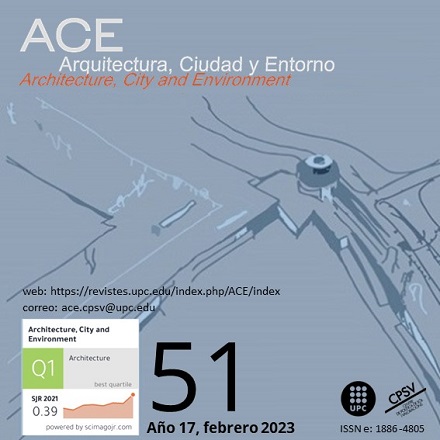Mobility Variables Limiting Access to Employment in Montevideo
DOI:
https://doi.org/10.5821/ace.17.51.11797Keywords:
Socioeconomic residential segregation, marginalized neighborhoods, urban mobility, barris marginats, mobilitat urbanaAbstract
This research analyzes how high inequality and limited public policy in Latin America have allowed socioeconomic residential segregation (SRS) to produce an abysmal gap between neighborhoods. Active attributes are neighborhood-specific characteristics that perpetuate the outcome of SRS by deepening the economic condition of its residents. In marginalized neighborhoods, poor mobility is an active attribute that contributes to poverty by limiting access to quality formal employment. This paper analyzes for the city of Montevideo the relationship between mobility and employment as a strategy to overcome poverty. We apply descriptive statistics and a linear model estimated with Bayesian methods. The results show that travel time, public transport density and expenditure are related to higher levels of poverty. The findings are consistent with existing empirical evidence for other cities in the region. Public transport, in this case in Montevideo, does not contribute to reducing inequality as a result of the SRS.
Downloads
Published
Issue
Section
License
| INTELECTUAL PROTECTION CRITERIA |
At this moment, it is count with the "Oficina Española de Patentes y Marcas", while global protection it is being processed by the World Intelectual Property Organization (OMPI/WIPO). Nevertheless the International Standard Serial Number Office (ISSN) has given the following numbers ISSN: 1886-4805 (electronic version) and 1887-7052 (paper version). All articles will be peer reviewed, using double blind reviewing. |
| COPYRIGHT |
The article contents and their comments are authors exclusive liability, and do not reflect necessarily the journal editor commitee's opinion. All ACE published works are subject to the following licence CC BY-NC-ND 3.0 ES http://creativecommons.org/licenses/by-nc-nd/3.0/es/ It implies that authors do not hold nor retain the copyright without restrictions but only those included in the licence. |


































